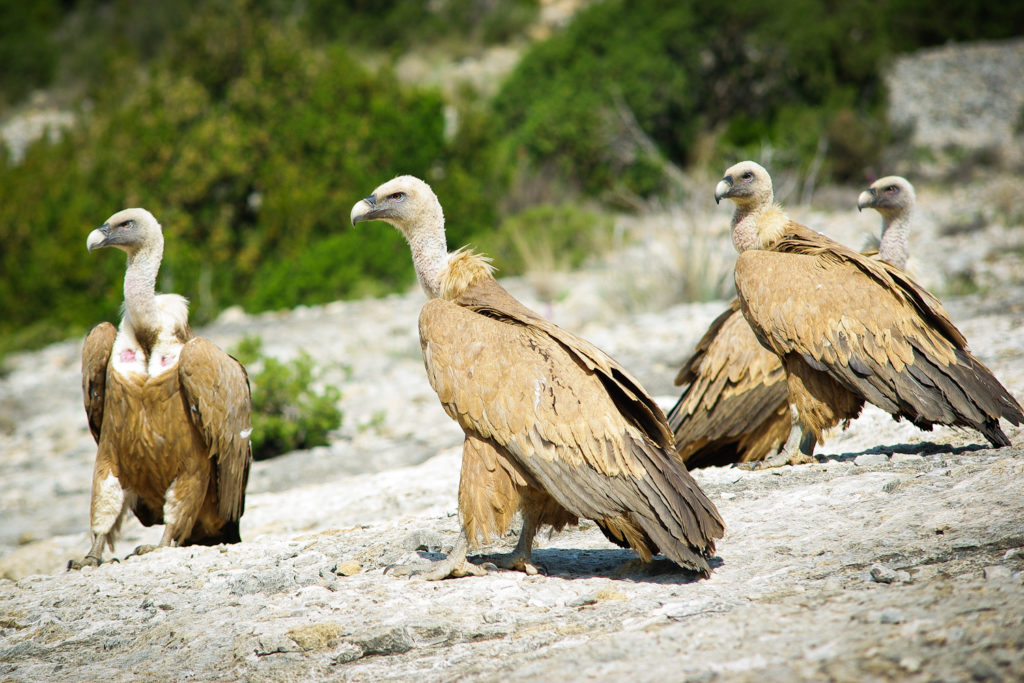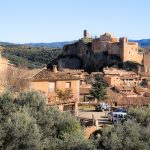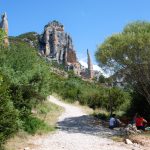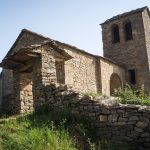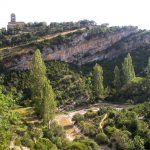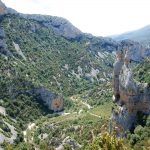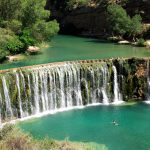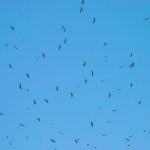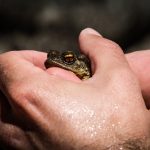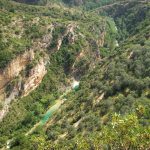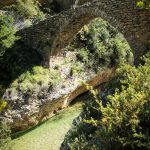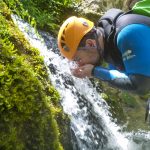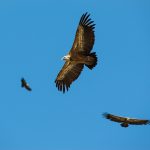Natural park
Definition: territory having chosen a model of development based on the development and protection of natural and cultural heritages considered as rich and fragile.
In 1990, when the region is already famous for canyoning, the Sierra de Guara is classified Natural Park. This small wild island, lost between the plain of Saragossa and the high chain of the Pyrenees, then enjoys a strict protection framework.
Some geographical information:
- Region: Province of Huesca, Haut-Aragon.
- 6 rivers cut the plateau in the north-south axis: the Flumen – Rio Formiga – the Alcanadre – the Mascun – the Isuala – the Rio Vero.
- Climates: Mediterranean and oceanic.
- Altitude: between 430 and 2077 meters.
- Highest point: the Tozal de Guara.
- Geology: sedimentary rock, mainly limestone and conglomerate
Some restrictions of the Natural Park of the Sierra and Guara gorges:
-It is forbidden to bivouac.
-It is forbidden to make fire.
-The number of participants in a canyoning group is limited.
-Some canyons are prohibited from 1 January to 30 -June because of bird nesting.
The missions of the Natural Park:
- To preserve and enhance the natural and cultural heritage,
- To promote the economic development and quality of the living environment,
- To develop the territory,
- To inform and sensitize the habitants and the visitors,
- To conduct experimental or innovative actions.
Fauna and flora of Sierra de Guara
Most of the southern slope is dominated by the scrubland, favored by a Mediterranean climate (hot and dry in summer, then mild and wet in winter).
A rich flora traditionally composed of thyme, rosemary, savory, oaks, boxwood …, as well as many endemic varieties including Petrocoptis guarensis.
A fauna typical of these climates also develops there, like the fox, the wild boar, the weasel, but also herds of goats become wild after the departure of the families who lived on the northern plateau of the Sierra de Guara (Otin, Nasarre…)
The Sierra de Guara Park has become a refuge for many species of birds, mammals, reptiles, amphibians and insects. More than 160 species of birds are present. Among the most emblematic, the griffon vulture, the bearded vulture, the golden eagle, the Egyptian vulture…
Lovers of ornithology will not miss the spectacle of vultures, fed every Saturday mornings by the association Fondo amigos del buitre in Santa Cilia. Attention, it is necessary to register in advance to attend.

